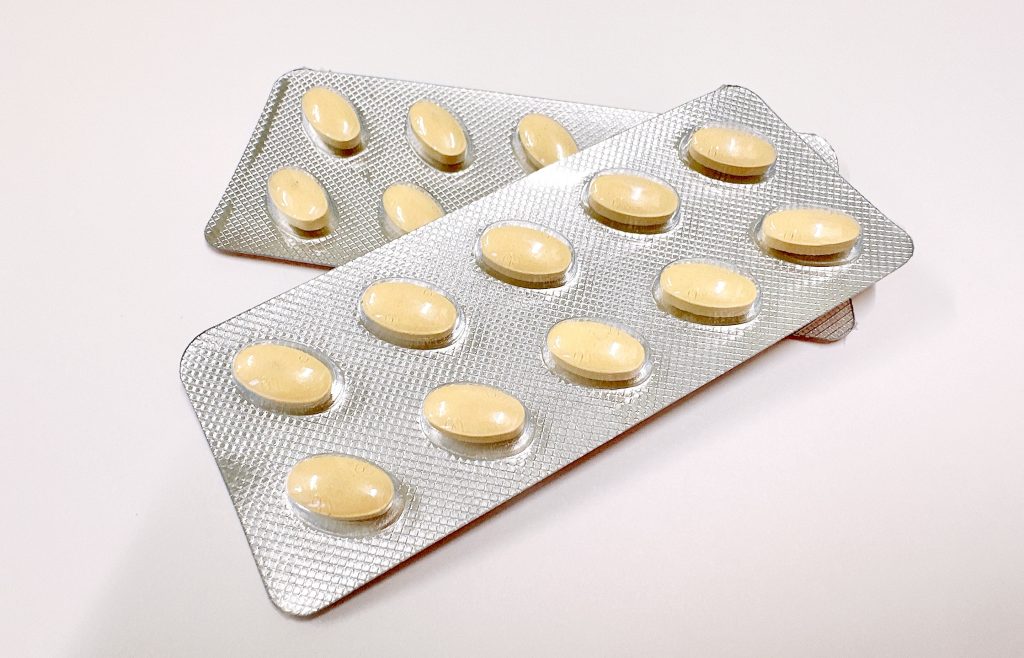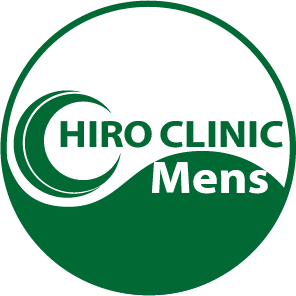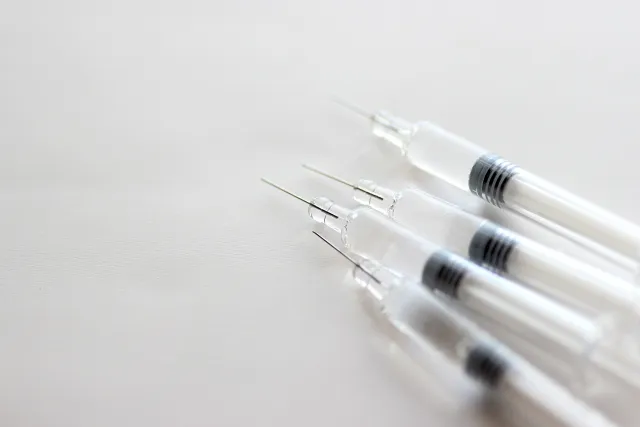この記事の概要
PRP (Platelet-Rich Plasma) therapy is a type of regenerative medicine that has recently begun to be applied to the treatment of erectile dysfunction (ED).PRP was originally used to promote wound healing and tissue regeneration in the fields of plastic surgery and cosmetic medicine, but it is also gaining attention as a treatment for EDs.
PRP (Platelet-Rich Plasma) therapy is a type of regenerative medicine that has recently begun to be applied to the treatment of erectile dysfunction (ED). PRP was originally used to promote wound healing and tissue regeneration in the fields of plastic surgery and cosmetic medicine, but it is also gaining attention as a treatment for EDs.

What is PRP Therapy?
PRP therapy involves taking the patient’s own blood and processing it in a centrifuge to produce plasma with a high concentration of platelets. This PRP is rich in growth factors that promote tissue regeneration and repair, which are injected into the corpus cavernosum and blood vessels of the penis for ED treatment to improve erectile function.
Mechanism of PRP Therapy
PRP contains many growth factors that promote angiogenesis, tissue repair, and nerve regeneration, which have the following effects on the ED
- Improved blood flow:
- Many cases of ED are caused by insufficient blood flow to the penis; PRP supports erections by promoting angiogenesis and improving blood flow to the penis. Improved blood flow results in stronger and more sustained erections.
- Organizational regeneration:
- Deterioration of the corpus spongiosum and other tissues of the penis due to aging or damage can cause ED; PRP is expected to repair and regenerate these damaged tissues and restore normal erectile function.
- Nerve regeneration:
- When nerve damage is the cause of ED, the growth factors in PRP are expected to promote nerve regeneration and help restore nerve function.
Specific Processes for PRP Therapy and ED Treatment
- Blood taken:
- A small amount of blood is drawn from the patient’s arm. This blood is used to extract PRP, and since the patient’s own blood is used, there is no risk of allergy or rejection.
- PRP Extraction:
- The collected blood is centrifuged to extract platelet-rich plasma (PRP).During this process, platelets are concentrated approximately five to ten times.
- PRP injections:
- The extracted PRP is injected near the corpus cavernosum and blood vessels of the penis, which are involved in erection. This PRP, which contains growth factors, promotes tissue repair, improved blood flow, and nerve regeneration to restore erectile function.
- Recovery and Effectiveness Check:
- After treatment, the effects will manifest themselves over a period of weeks to months.Tissue and blood vessels are regenerated, blood flow and nerve function are improved, and erections are expected to be stronger and more sustained.
Advantages of PRP Therapy
- Using the patient’s own blood:
- Because PRP is extracted from the patient’s own blood, it is a safe treatment with low risk of side effects, allergies, and rejection.
- Treatment with natural healing power:
- PRP draws on the body’s natural healing powers and promotes tissue and blood vessel regeneration. It does not rely on drugs or surgery and may have a positive impact on long-term health.
- Multiple causes can be addressed:
- PRP may be effective for a variety of causes of ED, including insufficient blood flow, nerve damage, and tissue deterioration. As such, it is a treatment for a wide range of ED cases.
- Minimally invasive:
- PRP therapy is a relatively simple treatment, does not involve major invasive procedures such as surgery, and is characterized by rapid recovery after treatment. Treatment is performed on an outpatient basis and does not require hospitalization.
PRP Therapy Challenges
- Individual differences in effectiveness:
- The effects of PRP therapy vary from person to person, and not all patients will have the same effect. In addition, it may take several weeks to several months for the effects to appear, so when immediate results are required, other treatments may be considered in combination.
- High cost:
- PRP therapy is a type of regenerative medicine and requires specialized techniques and equipment, so treatment costs can be high. If not covered by insurance, the out-of-pocket costs may be significant.
- Research phase:
- PRP therapy is still relatively new, and further research is needed to determine its long-term effectiveness and safety for EDs. Clinical trials are still ongoing, and future studies will further clarify its efficacy.
PRP Therapy: Current Status and Future
PRP therapy is attracting attention as a very promising type of regenerative medicine in the treatment of EDs. It is expected to provide long-term improvement, especially for EDs caused by insufficient blood flow or tissue damage. An increasing number of patients are choosing PRP therapy as a radical treatment in addition to conventional drug therapy, and if further research is conducted, it may be established as an even more extensive treatment.
Conclusion
PRP therapy is a type of regenerative medicine that offers a new approach in ED treatment and is expected to restore erectile function through improved blood flow, tissue regeneration, and nerve regeneration. Because it uses the patient’s own blood, the therapy is highly safe and carries little risk of side effects. However, it is important to proceed with the treatment in consultation with a specialized physician, as the effectiveness of the treatment varies from person to person. In addition, the cost and uncertainties of the research phase should also be taken into consideration when choosing a treatment carefully.










